History of Lotus Pattern
The origin of the lotus pattern in China can be traced back to ancient times. During the Western Zhou period, bronze lamps were decorated with lotus patterns as ornaments.
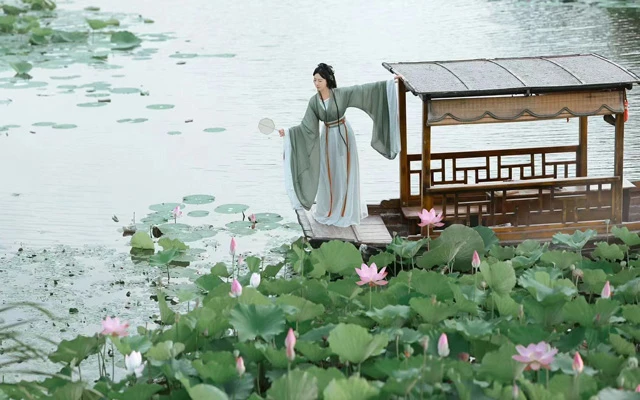
In the Spring and Autumn Period and the Warring States Period, lotus patterns remained an important decorative pattern for bronze vessels, with the Lotus and Crane Square Vessel being a representative example showcasing the skilled craftsmanship of the time. The vessel featured double-layered lotus petals as decoration on its lid, with intricately carved empty spaces between the layers, displaying exquisite artistry that seemed almost supernaturally created.
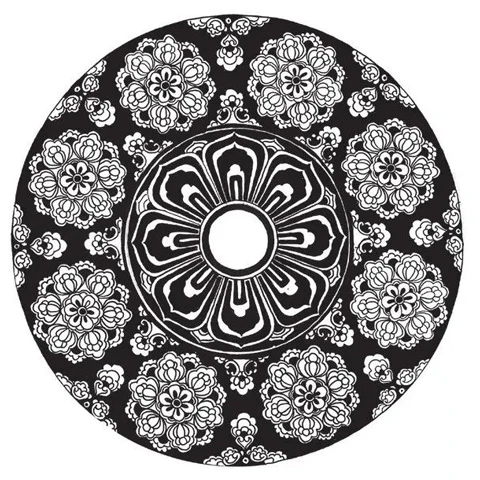
In both ancient India and China, the symbolic meaning of the lotus was very similar, making it the ideal bridge for the spread of Buddhism. During the Wei, Jin, Southern, and Northern Dynasties, Buddhism was widely spread throughout the Central Plains of China, with lotus patterns becoming an important decorative design due to their high aesthetic and expressive value. This had a significant impact on the development of indigenous lotus patterns in China.
During the Qin and Han dynasties, lotus patterns in China mostly took on a round flower shape, in keeping with traditional design concepts. However, as Buddhism continued to spread and flourish, lotus patterns gradually became more complex, with double and multi-layered designs emerging.
The Sui and Tang dynasties were an important historical period for the development of religious culture in China, with distinct pattern characteristics. The lotus, regarded as a sacred flower by Buddhists, began to move from temple altars into secular gardens.
During the Song and Yuan dynasties, lotus patterns became the mainstream decorative design. The rise of literati had a significant impact on the evolution of decorative styles, with patterns shifting from the lavishness of the Sui and Tang dynasties to a more refined and simplified style.
The core concepts of "Neo-Confucianism" - which integrated morality and philosophical ideas - became prevalent in arts, culture, and spirituality during the Song and Yuan dynasties. Against this backdrop, artistic creations featuring lotus patterns displayed both rationality and poetic imagery, exuding an air of nobility and elegance.
During this period, the divine connotation of the lotus pattern in Buddhism gradually dissipated, and its style became more elegant and natural, closely resembling images of lotuses found in nature, and appealing to popular tastes by conveying aspirations for a life that prized natural beauty.
During the Ming and Qing dynasties, folk cultures began to thrive and gradually permeated various aspects of social life. Lotus patterns during this period took on even more fluid and graceful forms, and experienced significant development in terms of decorative aesthetics and craftsmanship techniques in porcelain production. Whether produced in official kilns or private workshops, lotus patterns were widely used.
In folk art, the lotus pattern had various cultural meanings, such as symbolizing fertility, harmonious relationships, auspiciousness, and incorruptibility, making it an indispensable element in urban life.
The rich history and stylistic evolution of the lotus pattern - from the fullness and lavishness of the fusion period, to the refined and free secularized style, and then to the beautiful and delicate technique creations of the diverse era - all contribute to the historical heritage of the lotus pattern. Its exquisite design, a unique blend of beauty and grandeur, has become a treasured element of China's botanical pattern repository.
The symbolic meaning of the lotus flower pattern
From ancient times to the present day, the Chinese have always loved the lotus flower, often using it as a metaphor for the moral character of a gentleman, exemplifying purity, perseverance, and integrity.
In traditional Chinese culture, objects are often used to metaphorically describe people. The lotus flower, with its noble image and auspicious connotation, is regarded as the embodiment of high moral character, and is also endowed with beautiful meanings of fertility and happiness.
The lotus flower has always been highly respected by literati and poets, often being used to praise people's noble moral qualities and romantic love stories. The intertwined lotus pattern more vividly expresses deep emotions of interdependence and loyalty until death.
Apart from symbolizing love, the lotus pattern, with its abundant and full appearance, is also commonly used to express happiness and fulfillment in life. For example, combination patterns that feature lotus flowers, such as the Bao Xiang Hua pattern and entwined branch lotus pattern, convey rich, luxurious, and auspicious connotations.
The following are a few lotus patterns with auspicious symbolism.
Yi Lu Lian Ke (一路连科): the lotus pattern is often combined with a white egret bird, forming the image of continuous success. This is because the sound of "莲 (lián)" in lotus is similar to "连 (lián)" in continuous, and the sound of "鹭 (lù)" in egret is similar to "路 (lù)" in way, symbolizes the hope for continuous success in candidates' academic career.
The blooming lotus flower is often used as a metaphor for honesty and integrity in officialdom, the sound of "青莲 (green lotus, qing lián)" is similar to "清廉 (pure and honest, qing lián)".
The intertwined lotus pattern symbolizes unity and harmony between couples or family members. Two lotus flowers that share the same stem are seen as a metaphor for harmonious relationships and love.
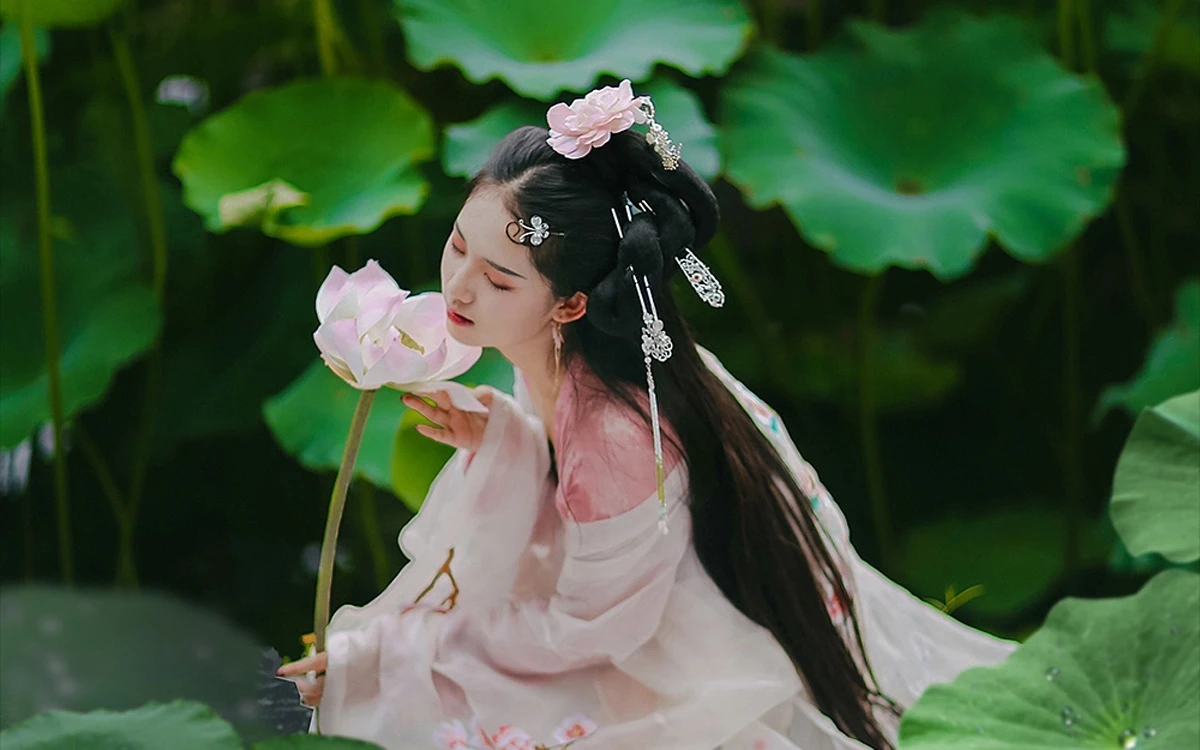
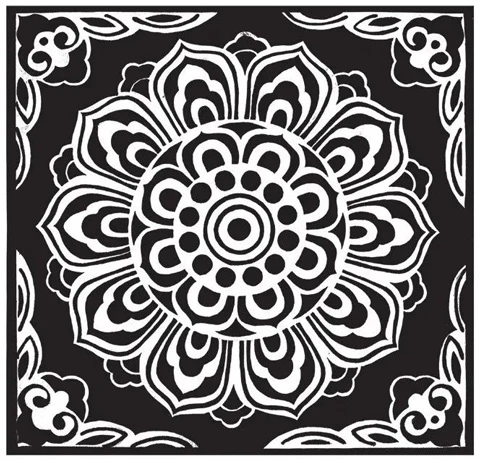
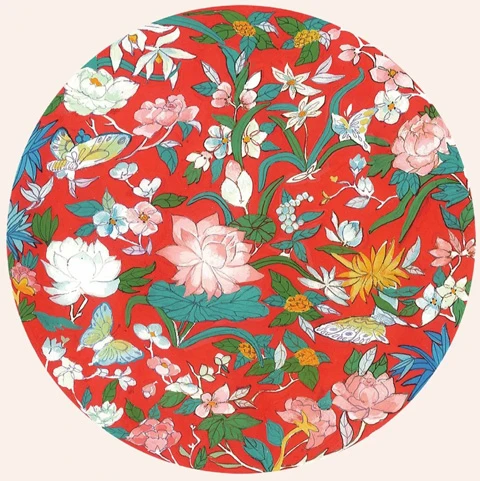
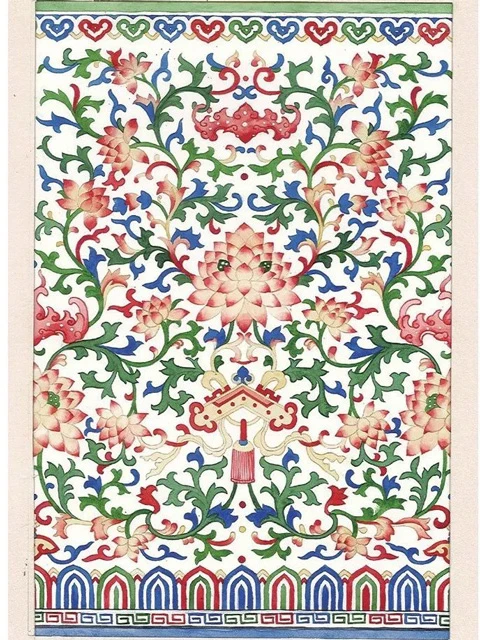
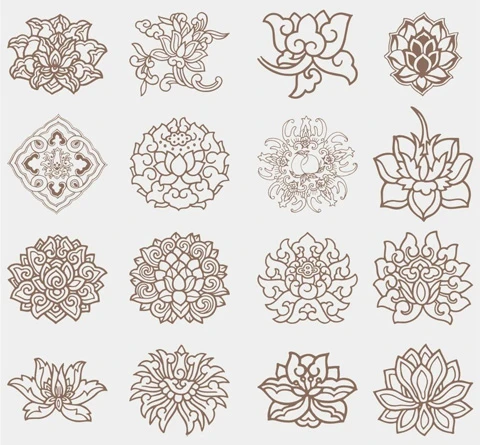
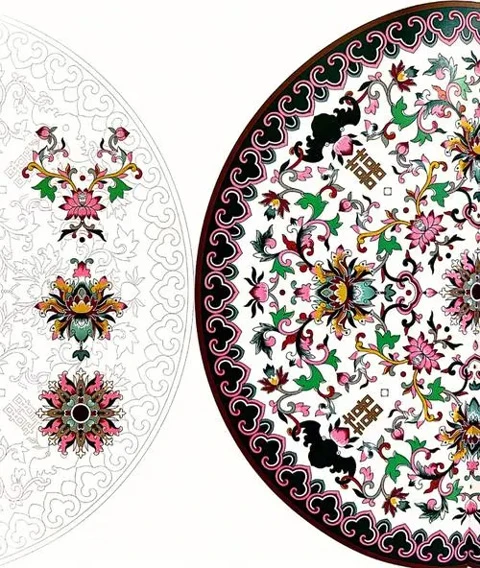
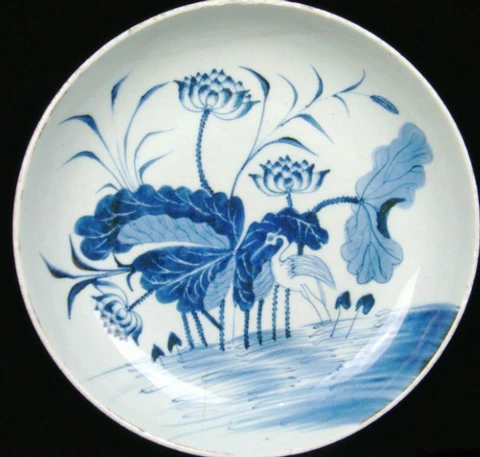
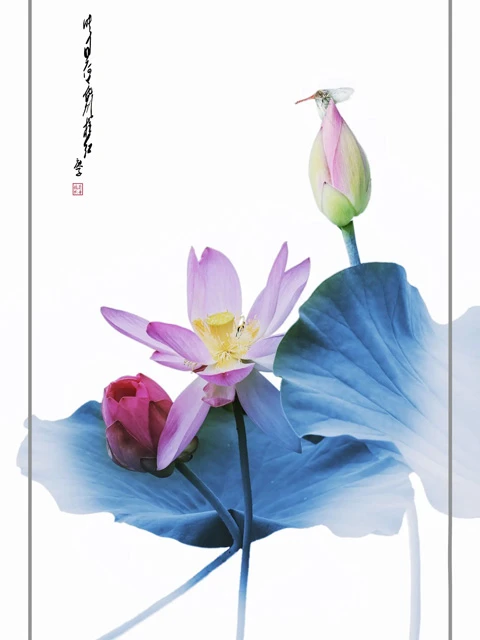
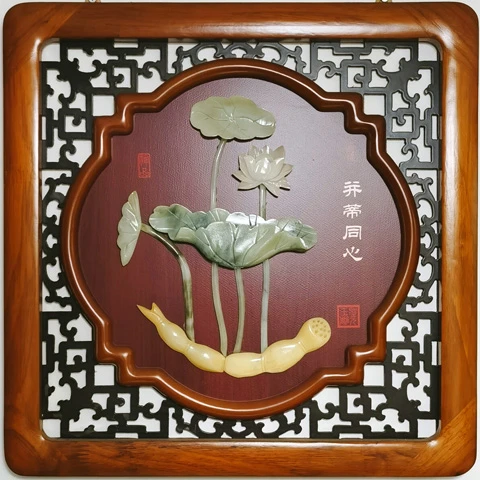

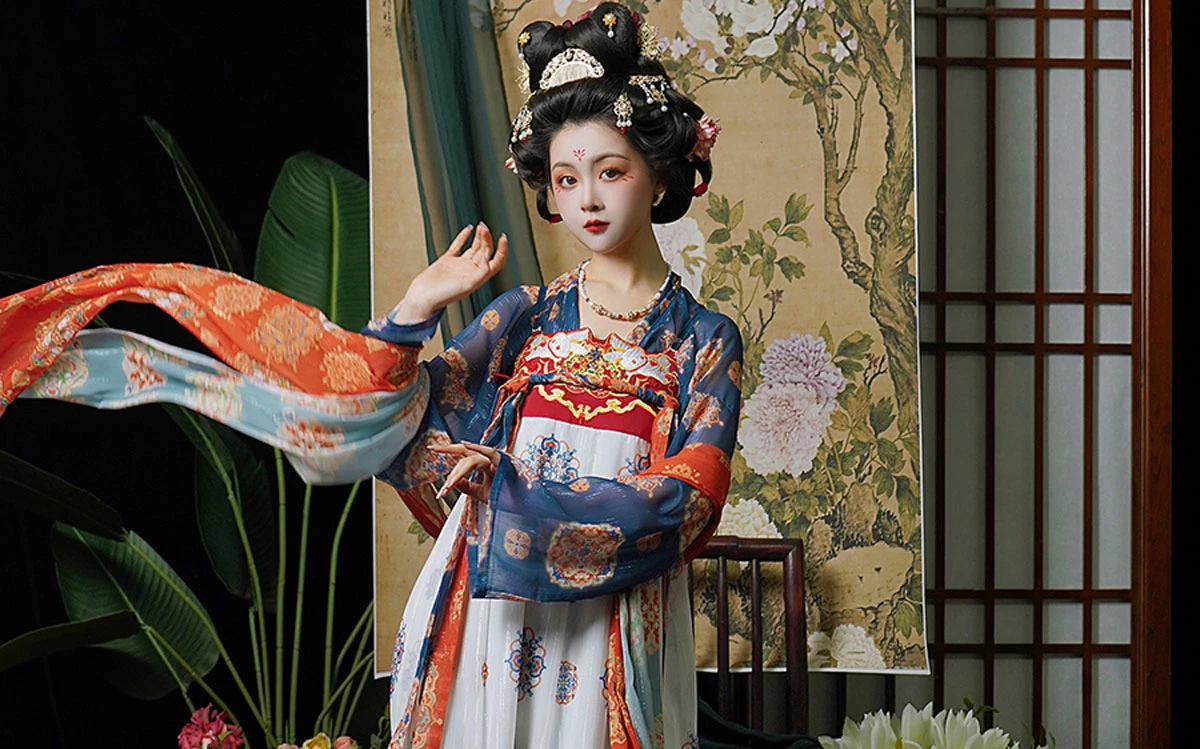

Nice share
wow there is a meaning behind the lotus flower
Lotus flower is beautiful
Thank you for articel